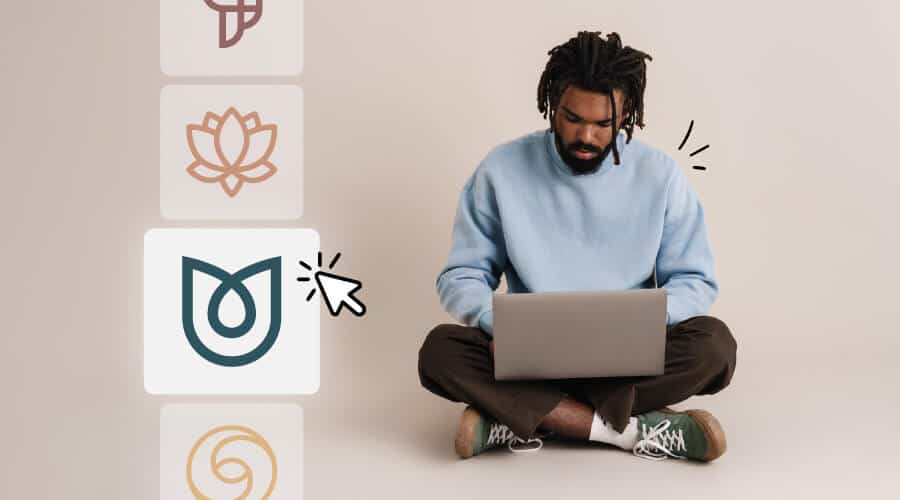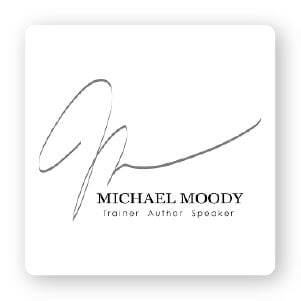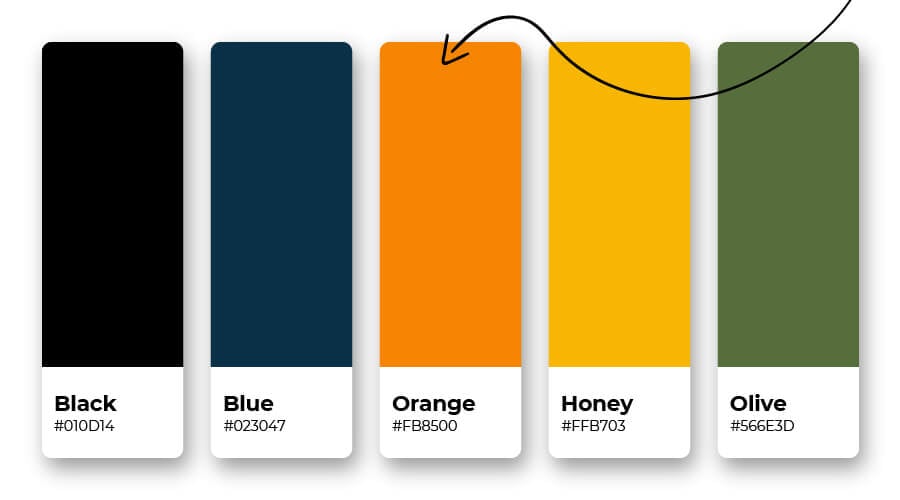Guess what? Logos aren’t just for big corporations! Small brands, businesses, and professionals also use logos to set themselves apart within their respective industries. Some one-person business owners are surprised to find out they need a logo. But, if you want to distinguish your products or services from competitors while coming off as professional, then you would benefit from a personal logo.
What is a Personal Brand Logo?
A logo helps convey emotions and perceptions about a company or professional. In some cases, your personal logo will serve as protection, like when it’s used as a watermark across an image to deter people from stealing work they didn’t pay to download.
A personal brand can be used to help set up your career apart from any company you may be working under or for, like Rachel Ray and Dave Ramsay. Even when a professional is working for an organization or creating a new startup, their personal brand should still be unique.
How to Design a Personal Brand Logo
Like a logo for any company, your personal logo needs to showcase your characteristics and create an instant connection with your audience. Here are some important tips to know before you create a logo for your personal brand.
Establish your personal brand values

Before you can create a solid brand, you have to know what you’re trying to depict. Your talent and skill are just part of who you are as a professional, and your working style and personal values are a big part of what makes you different from others in your industry.
As you think about creating your logo, you’ll want to find a design that reflects all of that—summing up the essence of who you are as a professional.
Include your name
There are several ways to incorporate your name in your logo. You can go with a signature-style logo, wordmark or initials—but you should include this element in your logo to help connect it to your personal brand.
Unlike business logos, personal brands rarely use just a symbol, though you can certainly include an icon in the design.
For example, illustrator and designer Marshal Kiganjo uses initials paired with an icon in his logo. On the other hand, trainer, author and speaker Michael Moody uses a signature-style logo for a more celebrity-like approach:


Consider an illustrative icon
Using the right icon for your logo could help clearly define your industry and skill set. Consider which icons could be used to signify your industry.
Try not to just pick one; it’s better to start with several options early on. You might be surprised at what actually clicks for your brand. Then, look for a number of different styles for each icon so you can test them with your favorite fonts.
Pick the right color scheme

A lot of personal logos use black and white color palettes. B&W tends to be more sophisticated and understated, but you can also use color in logos to communicate a number of things. Bright colors are fun and energetic, while pale colors show more of a gentle and nurturing nature. Learn about the meaning of logo colors to choose the right combination for you.
Experiment with typography
The right fonts are going to follow the aesthetic of your personal brand. While script and slab fonts are more modern, serif fonts are going to look more classic. You may want to consider hand drawn lettering and ink to be sure your logo looks different than anyone else’s.
Make it versatile and scalable
What good is a logo if it can’t be used wherever you need it? The logo should be able to be read at a small size, like on branded graphics. It should be easily printable for letterheads and business cards, and, it should work on your website just as nicely as your social media.
It’s really important to make your logo with a vector program so you can make it as big or small as you want without pixilation issues.

Examples of Personal Logo Designs by Industry
Every industry has a slightly different use of colors, icons and style. Here are some industries that have a lot of professionals creating their own brands, independent from their company’s brand.
Food and beverage


Rachel Ray and Gordon Ramsay are classic examples of people that have their own personalities and brand. Rachel Ray uses bright, sunny colors to depict her “Ray” last name and catch attention, while Gordon Ramsay uses a no-nonsense font in black and white.
Chefs and bartenders often source their logo colors from within their kitchen. Having your own brand will help you go solo if you ever decide to start a catering business, bakery, bar or restaurant.
Fitness


People often attend a class or program for the instructor. While the same classes are taught in similar ways, every instructor has their own style.
Yoga instructors or personal trainers may choose to have their own brand, so they’re distinct from the gym they are working in. Jillian Michaels and Bob Harper each developed their own branded styles, even though they got big on the same show (Biggest Loser). A classic example of an over-the-top personal brand can be seen in Richard Simmons’s logo.
Photography


Whether you do landscape or wedding photography, your personal branding is important for attracting clients. Most photographers find they can sell their services easier when they have brand fans; otherwise, they’re just dealing with price shoppers who want the best deal.
Another common use of photography logos is a watermark on their images until clients have selected from the gallery.
This ensures that clients won’t screenshot images for social media use to avoid paying for the full gallery.
Wedding photographers often use script fonts, camera icons and sometimes incorporate florals; landscape photographers and adventurers might choose a more straightforward font and imagery, like a mountain range or trees.
Ansel Adams was a world-famous B&W landscape photographer from the early 1900’s. His brand logo includes his script signature with a serif font in all caps.
Business consulting


People who offer accounting and business strategy often have their own brand to help gain trust with clients. From investing to entrepreneurship coaching, there is a wide range of services that fall into this category.
If you think about Shark Tank, you realize the various coaches (Kevin O’Leary, Barbara Corcoran, Mark Cuban, Lori Greiner, Draymond John and Robert Herjavec) all have their own styles, personalities and individual brands. In this same way, personal branding helps set you apart from the crowd of competitors.
Fashion


The fashion industry is FULL of designers who want to make their own mark on the world!
From more mainstream designers (like Jennifer Lopez or Vera Wang), to high-end designers (like Michael Kors, Jimmy Choo and Gianni Versace), many designers use their own brand to market their products. Personal stylists and beauty experts (like makeup artists and hairstylists) also have their own brands to help bring in regular clients.
Fashion logos for clothing design often include just a logotype with the designer’s name. For the styling industry, you may choose things like makeup brushes, eyes, hair and scissors as an icon within your logo.
Over to You
By now, you know what you need to get yourself a personal logo and start distinguishing yourself from the competition. Remember to focus on what makes your personal brand stand out, and why your customers should choose you over your competitors. Then, find the design elements that best express those traits, and you’re ready to get started!
If you need any help creating your logo, our logo maker will give you a bunch of design options that are easily customizable. Try it for free today!
